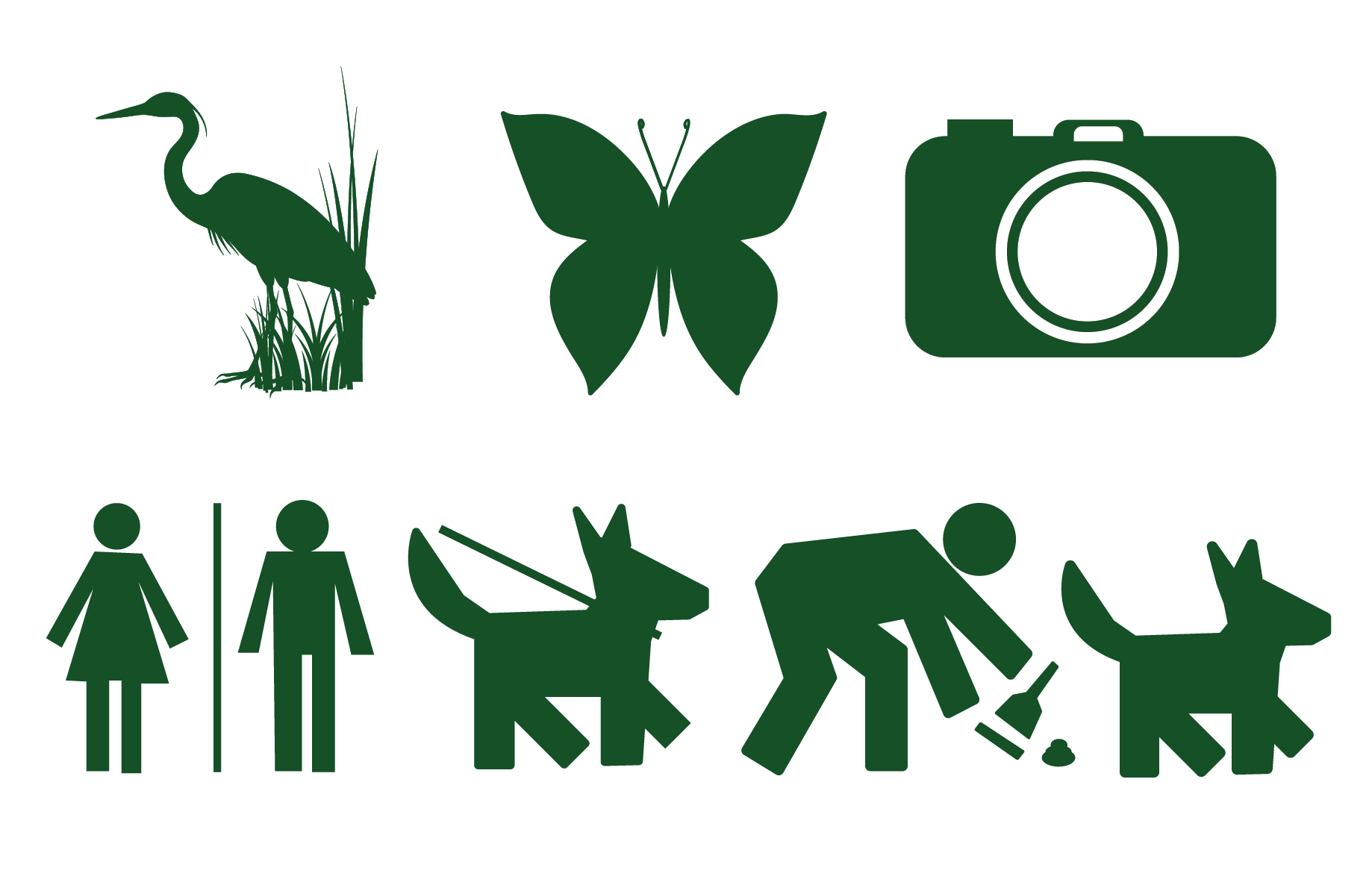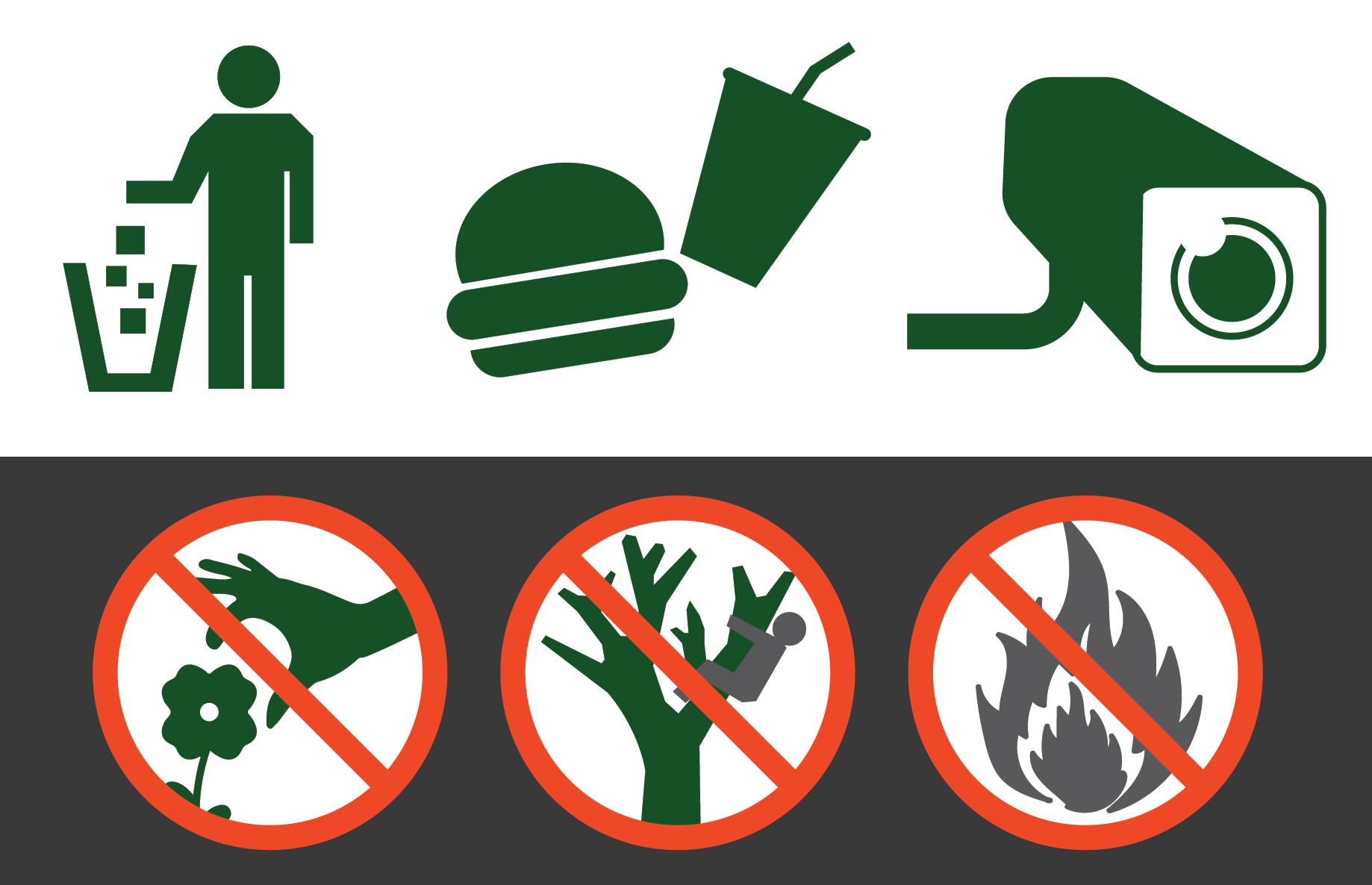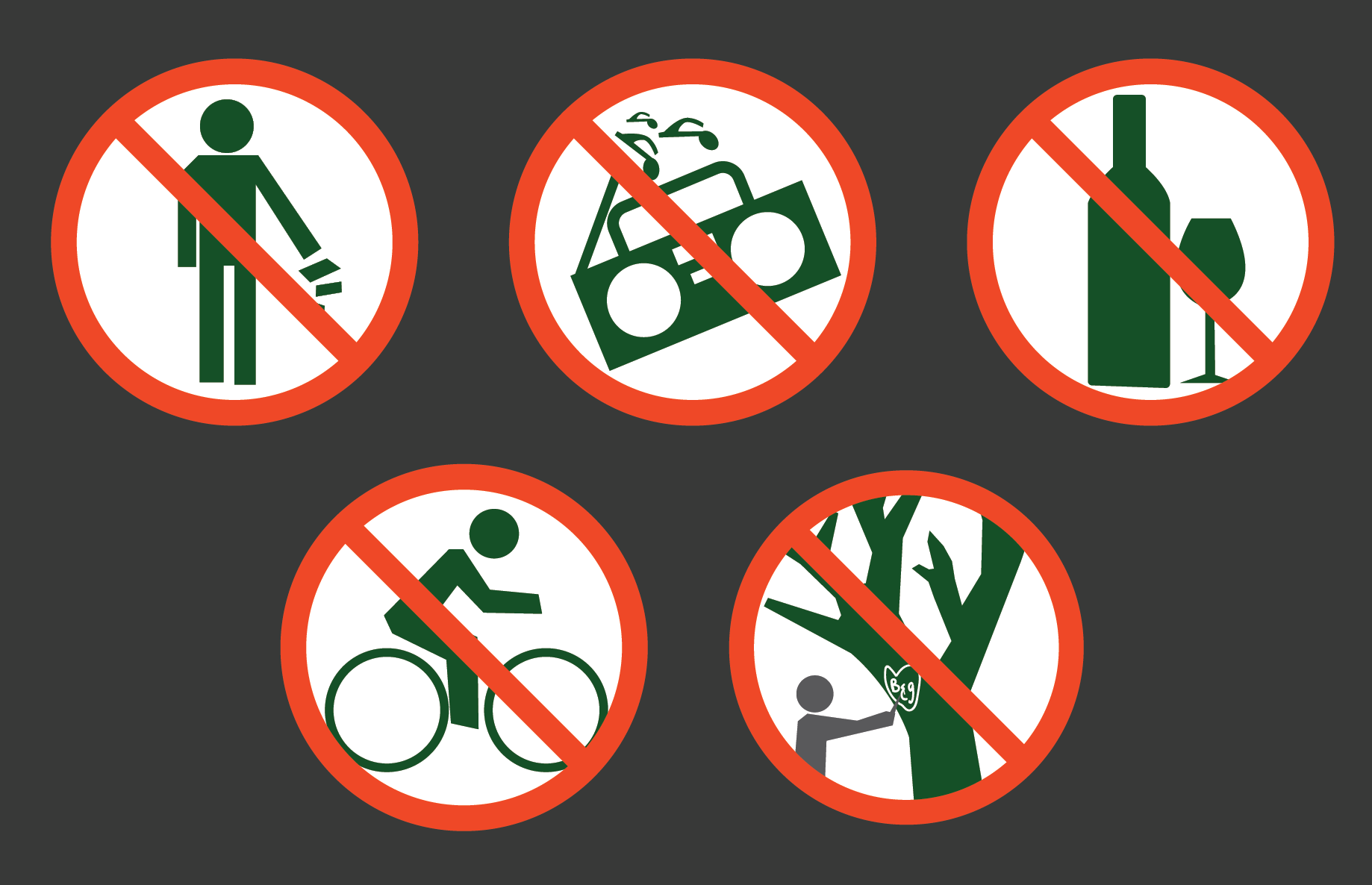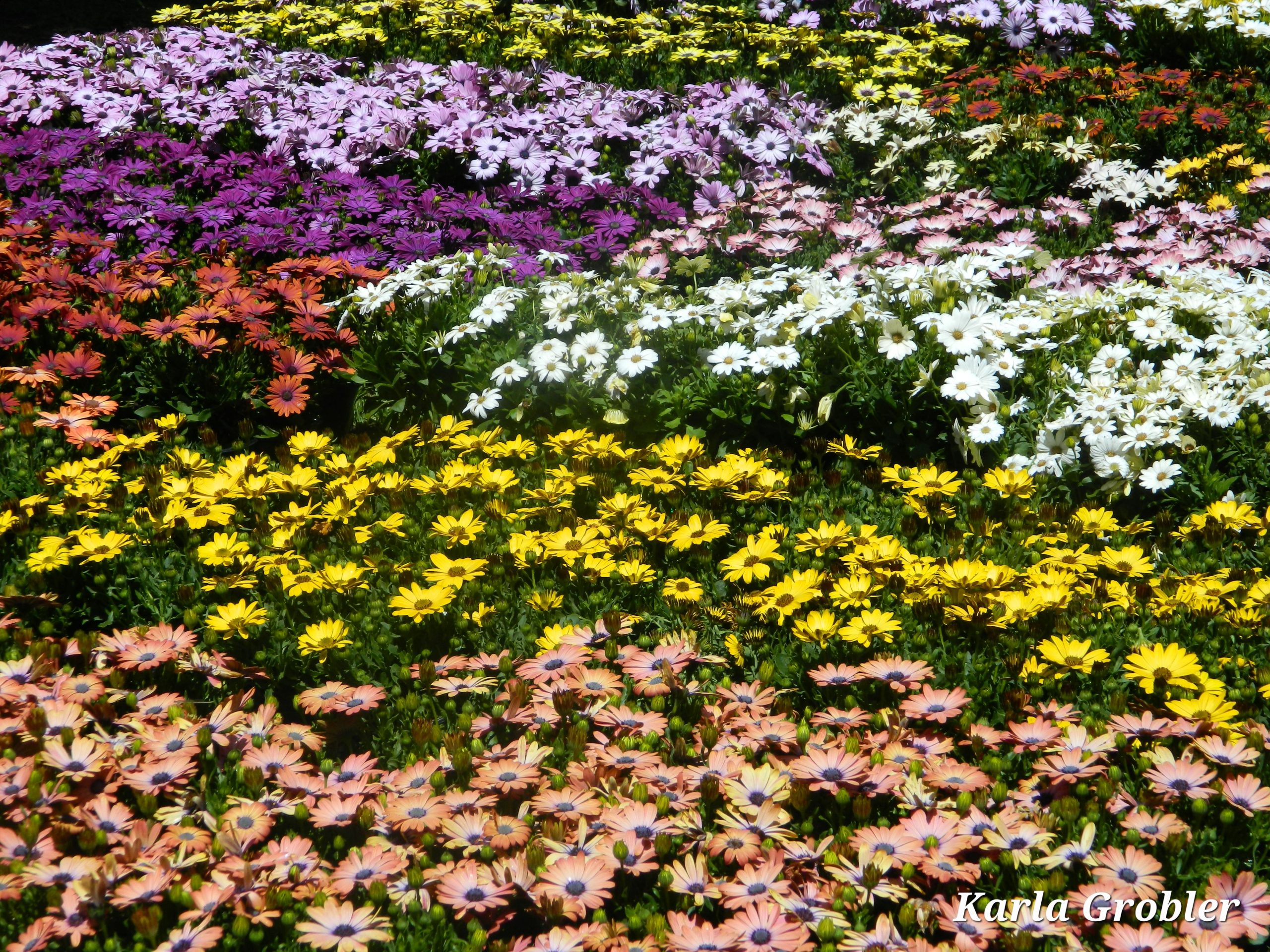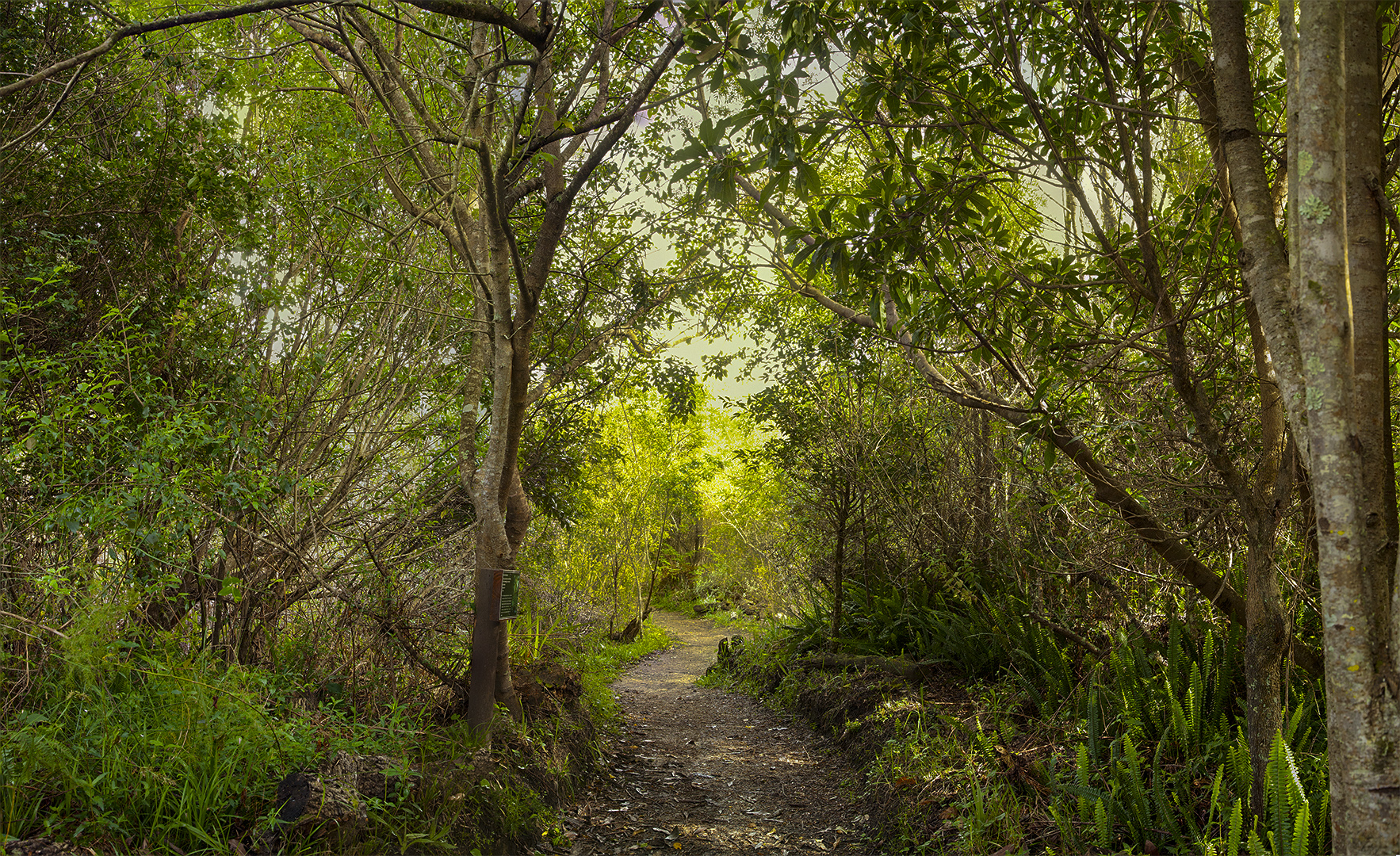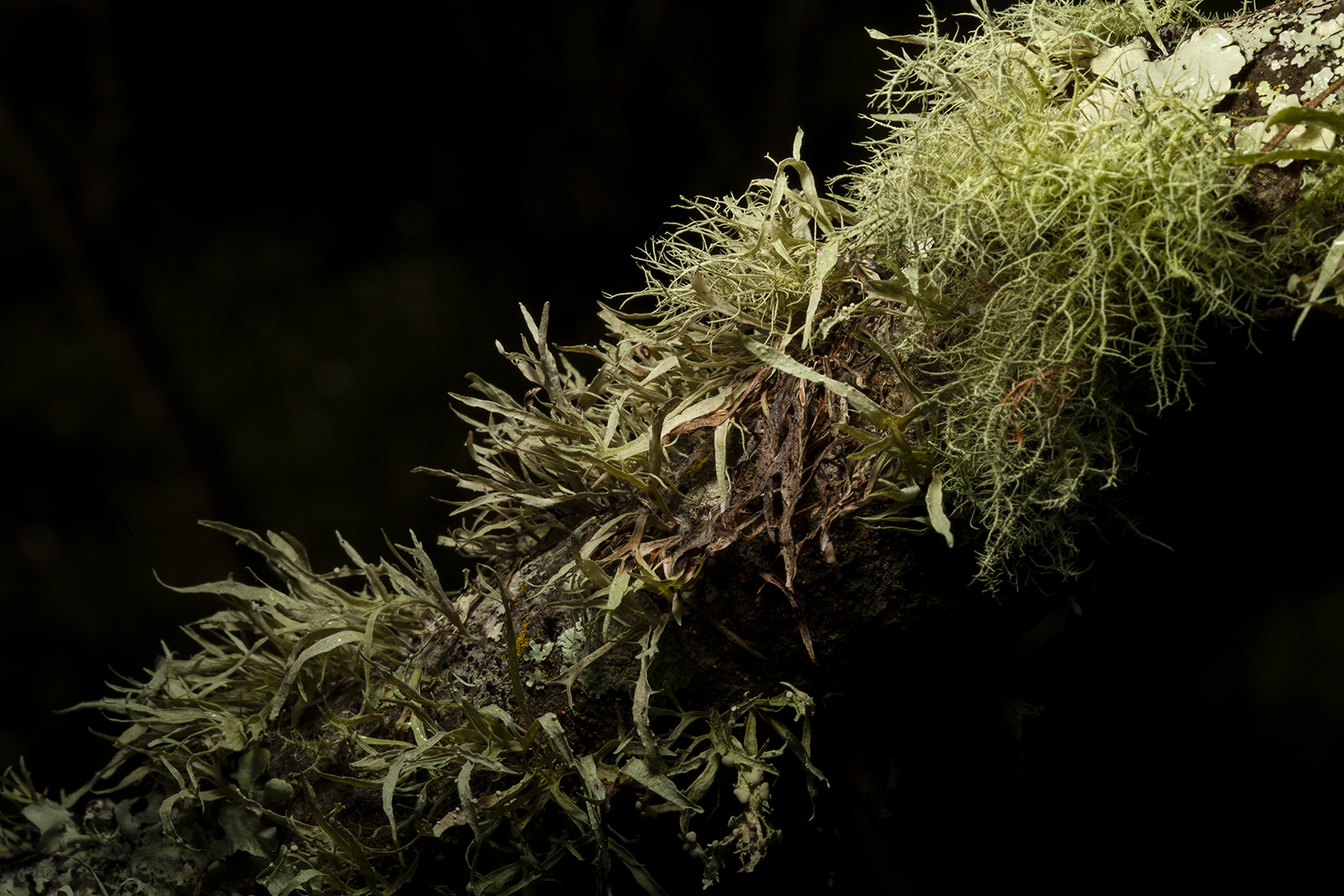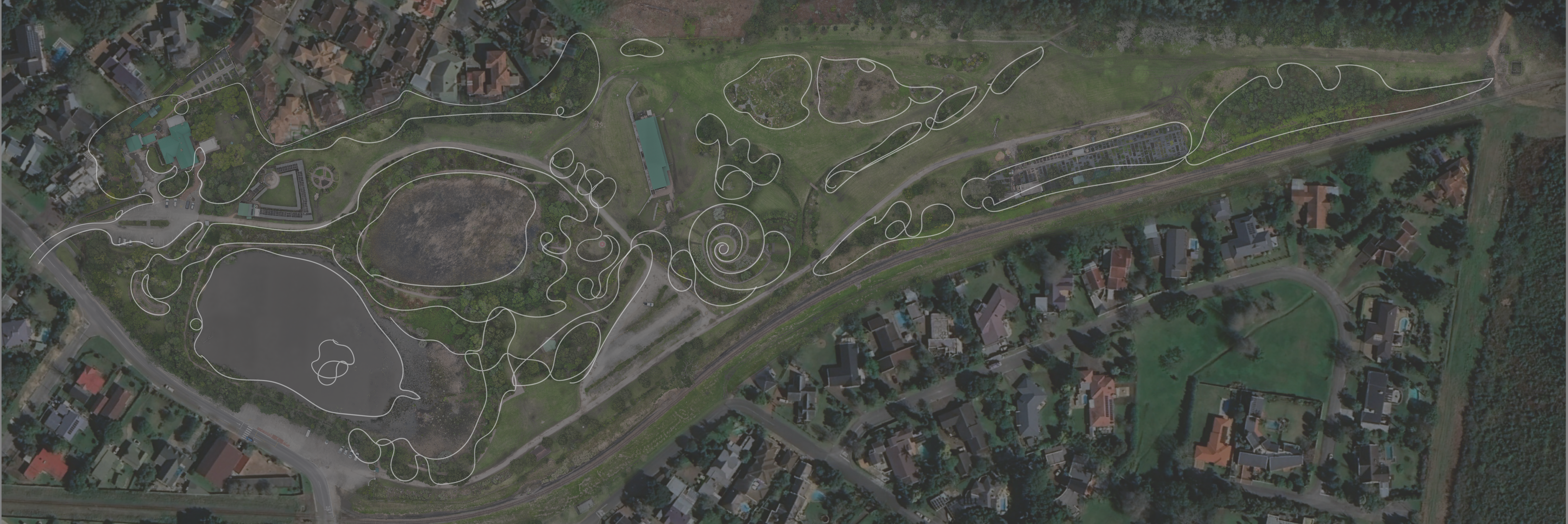
1968 – Nature Reserve Proclamation
On January 31, 1968, the Van Kervel Garden were officially proclaimed a nature reserve by administrator Nico Malan. This designation marked a significant commitment to the conservation of the area’s natural heritage.
1986-1987 – Rehabilitation Efforts
In 1986 and 1987, local volunteers undertook significant efforts to remove alien plant species from the nature reserve and planted indigenous trees.
1992 – the Botanical Society
In 1992, the Garden Route branch of the Botanical Society of South Africa was established, focusing on promoting the conservation of the region’s unique flora and providing support for ongoing restoration efforts.
1995 – Formation of the Southern Cape Herbarium
The Southern Cape Herbarium was founded in 1995, staffed by volunteers and housed at the George Museum. This institution played a crucial role in documenting and preserving the region’s plant species, further enhancing the conservation efforts within the area.
1997 – Foundation of the Garden Route Botanical Gardens Trust
In 1997, the Garden Route Botanical Gardens Trust was founded, bringing together local stakeholders committed to developing and managing the botanical garden.
1998 – Official Opening of the Garden Route Botanical Garden
The Garden Route Botanical Garden was officially opened to the public in October 1998, celebrating its dedication to conserving and showcasing the rich indigenous flora of the Southern Cape.
2000-2001 – Construction Projects and the Moriarty Centre
In the early 2000s, several significant projects were initiated, including the construction of a lookout point, now known as the Medicinal Spiral, completed in 2000. In 2001, Audrey Moriarty purchased the premises at 49 Caledon Street, which was later donated to the GRBG Trust. This building, known as the Moriarty Centre, now houses the offices and the Southern Cape Herbarium, serving as a hub for educational programs and research.
2012-2016 – Development of Amenities and Facilities
Between 2012 and 2016, various amenities were developed to enhance visitor experience and engagement with nature. The gazebo concert area was established in 2012, followed by the construction of the propagation nursery in 2013. The Bird Hide was built in 2014. In 2016, the Garden Route Environmental Education Centre was constructed, further supporting educational initiatives.
2021-2022 – New Initiatives
In 2021, the Garden Route Birds of Prey Center was established, providing education and awareness about local raptor species. In 2022, the completion of the wheelchair friendly Mushroom Meander Trail added another dimension to the garden’s offerings.
About the Future
The GRBG envisions a range of smaller projects, including a new parking area and toilet facilities for the Mushroom Meander, as well as the establishment of a Karoo Conservatory and succulent rehabilitation nursery.
Additionally, we hope to expand the garden further up into the mountain to enhance biodiversity. This greater garden will hold endless possibilities for development, including an amphitheater, indoor and outdoor conference facilities, and picnic sites next to waterfalls.

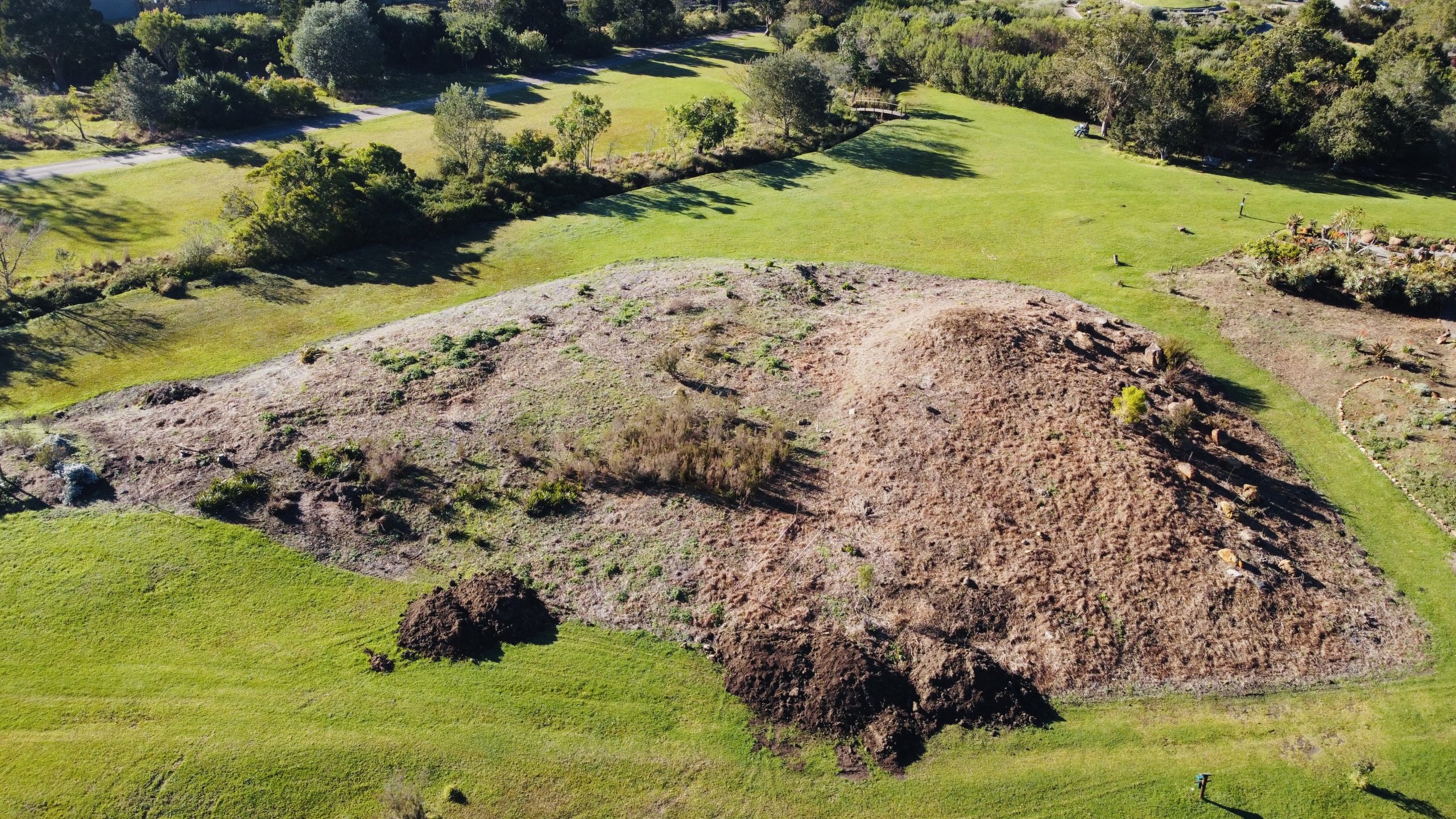
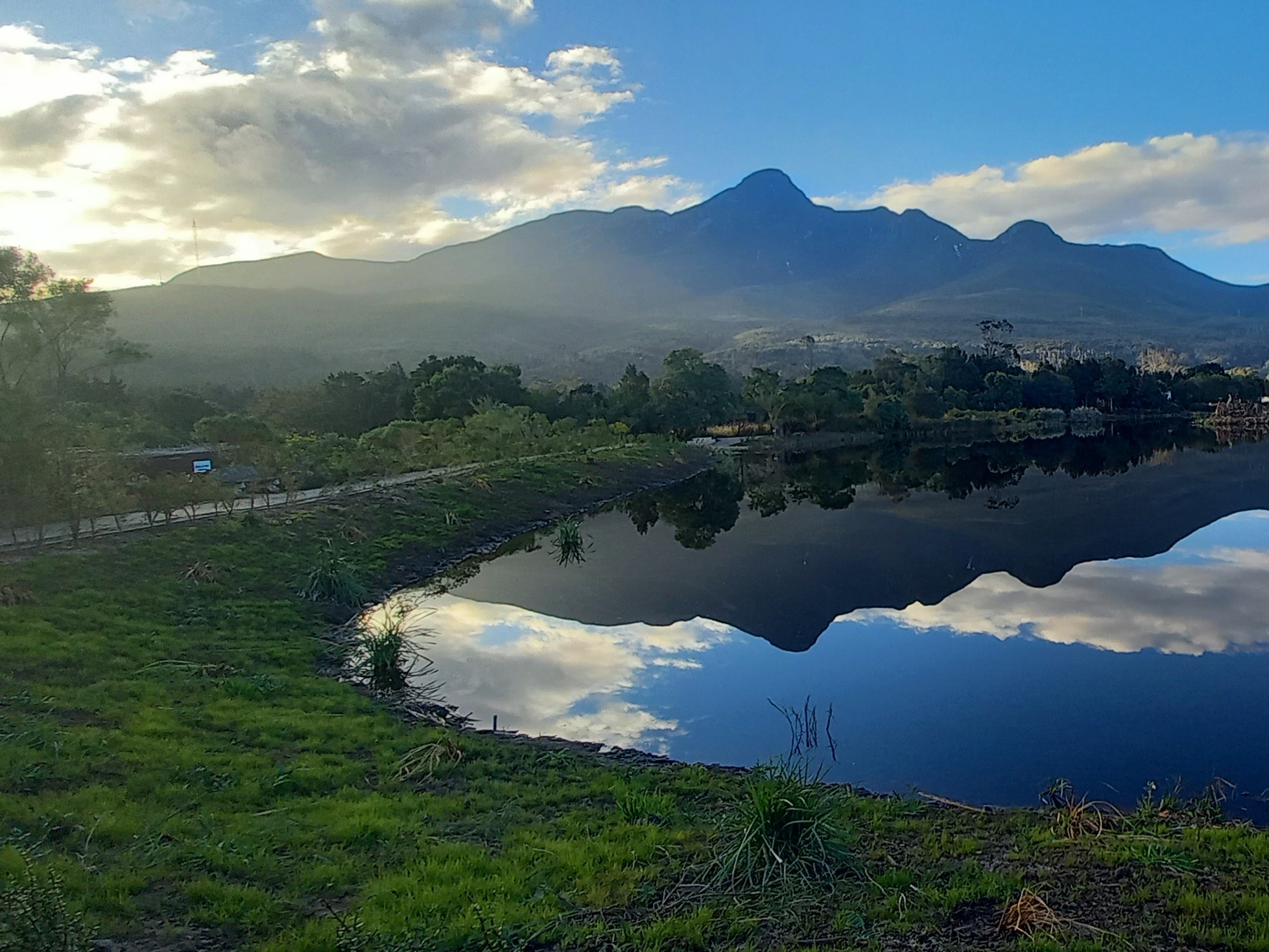

Visitor info

VISITOR INFO:
Liability Statement
The Garden Route Botanical Garden Trust (GRBG Trust) assumes no liability for any loss or damage incurred by applicants while on the property. Access is granted at the applicant’s own risk, and applicants hereby absolve the GRBG Trust from any claims of loss or damage suffered by themselves, their family members or friends, while using the Garden and its facilities.
Guidelines for Visitors to the Garden Route Botanical Garden
To ensure the preservation and enjoyment of this beautiful natural space, please adhere to the following rules and guidelines:
- Stay on Designated Pathways
- Preserve the varied ecosystems by sticking to the paths. You may walk and picnic on the lawns.
- No Picking of Flowers or Removing Plants
- Help us conserve the flora by not taking any plants or flowers from the area. The bees need the flowers and the flowering plants need the bees.
- No Mushroom Harvesting
- Leave the mushrooms for everyone to enjoy their beauty and help protect biodiversity.
- No Disturbing Animals
- Let the wildlife thrive undisturbed by keeping a safe distance and not altering their natural behaviour.
- No Releasing Animals
- Releasing animals, especially fish, into the Garden and its dams without explicit permission from management is prohibited to protect our ecosystems.
- Supervise Children
- Ensure that children are supervised at all times to keep them safe and preserve the Garden’s tranquility.
- Dog Policy
- Dogs must be kept on leashes within the Garden, with off-leash activity permitted only in the designated area. Dog owners are responsible for cleaning up after their pets and ensuring their behaviour is managed appropriately at all times.
- No Littering
- Keep our area beautiful and clean by disposing of all waste in the designated garbage bins. Join us in our commitment to sustainability by using the recycling stations provided.
- No Open Fires
- Open fires are not allowed to prevent wildfires and protect the natural habitat.
- Keep Noise Levels Low
- Enjoy the serenity of the Garden by refraining from loud noises. Music is not allowed.
- No Alcohol Allowed
- Alcohol is not permitted. Our staff may inspect bags, and admission can be denied if prohibited items are found.
- Respectful Behavior
- Please avoid any indecent acts to ensure a pleasant experience for everyone.
- Respect Accessibility
- Make way for individuals using wheelchairs and be considerate on the pathways. In line with this, no speeding bicycles are allowed on the pathways.
Thank you for following these guidelines and helping us preserve this beautiful natural space for everyone to enjoy! Make it your motto to take only photographs and leave only footprints.
